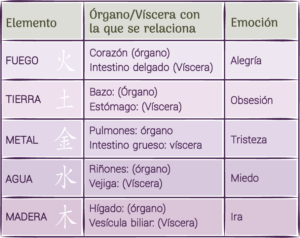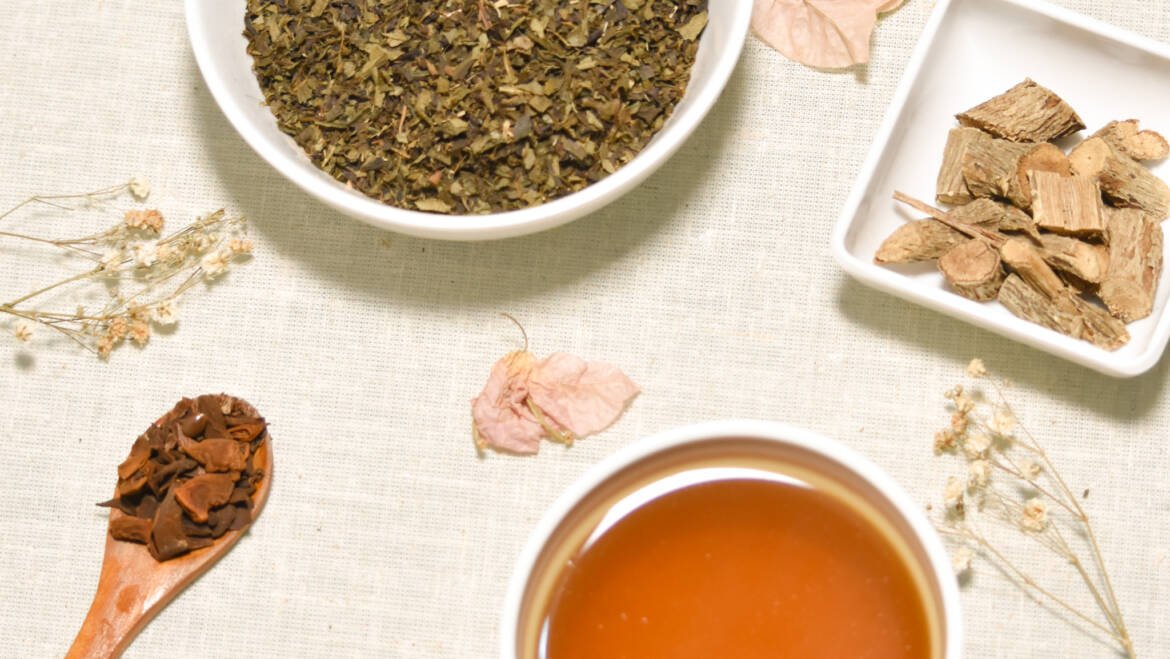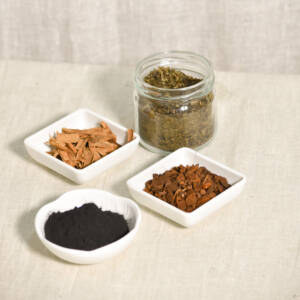«Despertando la sabiduría ancestral: Explorando la Fitoterapia China para una salud equilibrada»
One of the base emperors to understand the medicinal concepts of plants is the white emperor or known as Shén nóng 神農
We also talk that from this ancestral knowledge it is vitally important to identify the qi flow of each patient and what their reactions are like to external stimuli since some plants without a diagnosis from a teacher, instead of decongesting the qi flow, can even block them. .
The 5 elements are also taken into account in principle

It is important to define the exact mixtures and quantities for each patient and what will be the ideal recommendation of the teacher or doctor after an intervention with his patient.
For example, earthy-tasting plants may not be the best choice for a person with their earthy pulse.
If someone has an imbalance in the wood element, herbs can be used that strengthen and harmonize the liver and gallbladder.
Fundamental principles of phytotherapy in Oriental Medicine
Phytotherapy is based on a series of fundamental principles that are key to understanding how this ancient practice works and is applied. These principles provide a solid foundation for the selection and combination of medicinal herbs, as well as for the diagnosis of imbalances in the body.
Below, we will delve into some of the main principles:
Yin and Yang:
This theory is fundamental in traditional Chinese medicine. Yin and Yang are opposite but complementary forces that exist throughout the universe, including the human body.
Yin is associated with darkness, passivity, coolness and humidity, while Yang is related to light, activity, heat and dryness.
In herbal medicine and oriental medicine, the balance between Yin and Yang is essential for optimal health, and herbs are selected and combined to restore this balance when it is disturbed.
Five Element Theory:
According to this theory, everything in the universe, including the human body, is made up of five interconnected elements: wood, fire, earth, metal and water. Each element is related to specific organs, physiological functions and emotions.
Phytotherapy and traditional Chinese medicine uses this theory to understand how imbalances in elements can affect health and how medicinal herbs can restore balance.
Qi and Jing:
The concept of Qi and Jing is central to Chinese medicine. Qi can be described as the vital energy that flows throughout the body and is responsible for the functioning of organs and systems.
Jing refers to the vital essence, which is inherited from parents and stored in the kidneys.
Qi and Jing are considered essential for health.
Phytotherapy and TCM use herbs that can tone and regulate Qi and Jing, thus strengthening the body and promoting vitality.
These fundamental principles provide a conceptual basis for the selection and combination of medicinal herbs in phytotherapy. Understanding how Yin and Yang, the five elements, and Qi and Jing function is critical to prescribing herbal treatments that address specific imbalances in the body and promote holistic health.
It is important to highlight that these principles are applied in conjunction with the individual diagnosis of each being, where the constitution, symptoms and unique characteristics of each person are taken into account.
This allows for the creation of personalized herbal formulas that adapt to individual needs and promote optimal balance in the body.
Medicinal herbs:
Medicinal herbs play a central role in phytotherapy. These herbs have specific therapeutic properties and are used individually or in combinations to treat a wide range of imbalances and diseases. However, in oriental medicine, not only the properties of herbs are considered, but also their interaction with the patient and their individual need.
To form the correct recipes, the following is taken into account:
Classification of herbs: according to their characteristics and functions. Some common categories include herbs that tonify, disperse, purge, warm or cool, among others. Each category has a specific effect on the body and is selected based on the imbalances and symptoms present in each individual.
Individual herbs: Each has specific therapeutic properties and is used to treat different conditions. For example, ginseng is used to increase energy and strengthen the immune system, while licorice root is used to soothe coughs and promote digestion. Each herb is carefully selected based on its properties and its ability to address the imbalances present.
Herbal Combination: Herbs are rarely used in isolation. Instead, various herbs are combined to form complex herbal formulas. These combinations are based on the theory of Yin and Yang, the five elements, and the specific imbalances being treated. Combining herbs can enhance therapeutic effects, balance the properties of individual herbs, and minimize potential side effects. Herbal formulas can be prescribed in different forms, such as decoctions, powders, pills or liquid extracts.
Properties and flavors: They are described in terms of their properties and flavors. Properties can be hot, warm, cool, cold or neutral, and refer to the way they interact with the body. Flavors include sweet, bitter, spicy, sour and salty, and each has a specific effect on the body. These characteristics are taken into account when selecting and combining herbs to ensure proper balance in treatment.
Diagnosis in Chinese herbal medicine:
Diagnosis plays a crucial role in phytotherapy, as it helps identify specific imbalances and allows the selection of appropriate medicinal herbs to address those imbalances.
It is a comprehensive process that relies on careful observation, detailed questioning, and pulse assessment. These methods allow the Eastern Medicine practitioner to gain a deep understanding of imbalances and patterns in the body, mind, and spirit, and guide the selection of personalized herbal medicines for each patient.
Observation is used where the TCM doctor carefully observes patients for external signs that may indicate internal imbalances.
There is also a space where detailed questions are asked to gather information about symptoms, medical history, lifestyle and other factors that may affect the patient's health.
Gentle pressure is applied to the acupuncture points to assess the patient's sensitivity and response. Tenderness or pain at certain acupuncture points can provide clues to energy imbalances in the body.
The Pulse is considered a crucial diagnostic tool in traditional Chinese medicine. The doctor takes the pulse at different locations on the wrists and evaluates the quality, strength, speed, and rhythm of the pulse. Which provides information on the internal states of the organs.
Health conditions treated with phytotherapy and Traditional Chinese Medicine:
Phytotherapy is used to treat a wide range of health conditions and imbalances in the body, accompanying Oriental Medicine treatments. This holistic therapeutic practice addresses not only the symptoms, but also the underlying causes of imbalances from each person, as it is unique and requires an individual treatment approach.
Some of the most common pathologies are:
– Digestive problems.
– Sleep disorders.
– Respiratory conditions.
- Menstrual cycles.
– Stress and anxiety management.
– Chronic pain.
Visit our networks, we are on YouTube, Instagram and you can listen to our podcast on Spotify



Add Comment